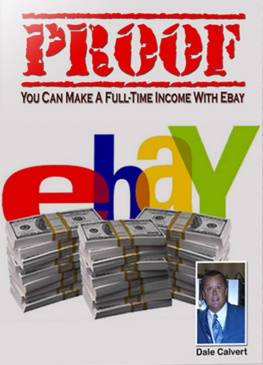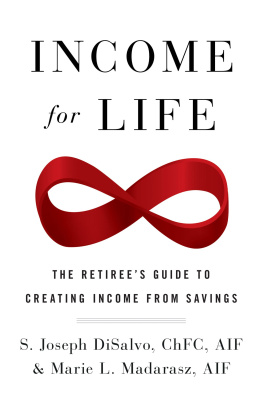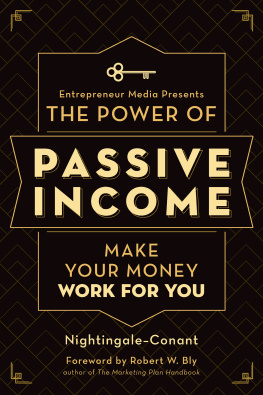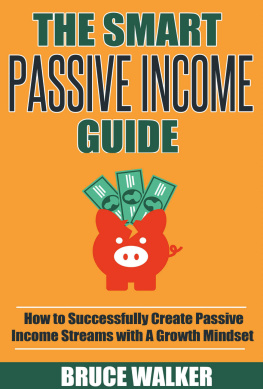How to Generate and Earn
Royalty Income
Marina Peters
How to Generate and Earn Royalty Income
From casual side income
to a
new investment category
Marina Peters
Copyright 2020
2020 Marina Peters
All rights reserved.
You can follow Marina Peters on https://marinapetersbooks.com.
Disclaimer
All knowledge contained in this book is given for informational and educational purposes only. The author is not in any way accountable for any results or outcomes that emanate from using this material. Constructive attempts have been made to provide information that is both accurate and effective, but the author is not bound for the accuracy or use/misuse of this information.
The information herein is offered for informational purposes solely, and is universal as so. The presentation of the information is without contract or any type of guarantee assurance.
This book does not have the intention to be academically correct and it has been written in a casual style. I just want to provide the reader with my collected experience, information and consolidated knowledge on the topic without having an academic approach. This book is a complete private project. There is no connection whatsoever to a former or current employer.
In no way is it legal to reproduce, duplicate, or transmit any part of this document in either electronic means or in printed format. Recording of this publication is strictly prohibited and any storage of this document is not allowed unless with written permission from the publisher. All rights reserved.
The information provided herein is stated to be truthful and consistent, in that any liability, in terms of inattention or otherwise, by any usage or abuse of any policies, processes, or directions contained within is the solitary and utter responsibility of the recipient reader. Under no circumstances will any legal responsibility or blame be held against the publisher for any reparation, damages, or monetary loss due to the information herein, either directly or indirectly.
The trademarks that are used are without any consent, and the publication of the trademark is without permission or backing by the trademark owner. All trademarks and brands within this book are for clarifying purposes only and are the owned by the owners themselves, not affiliated with this document.
Content
I ntellectual property such as academic writings or discoveries, inventions, works of literary and artistic values, etc. need protection, especially if the goal of the protection is for economic value. Otherwise, they would be reproduced and redistributed without compensating the creator or owner. This puts the original creators and inventors at a great disadvantage. They lose a considerable amount of money. This is because of the costs involved in the production of the work or invention of the process as well as the risks involved during the process. For instance, research and development in the medical or space industry may cost a researching company billions of dollars.
In exchange for permission to use the copyrighted, licensed, or patented property, the owner receives a royalty payment. The owner retains ownership but only gives permission to the third party to manufacture, sell, or distribute the property for a fee. The company issuing the royalty can make royalty payments annually, daily, or as the case may be. The process of licensing involves two parties: the one that grants the license (otherwise known as 'the licensor') and the one that receives the license (otherwise known as 'the licensee').
Royalty payments are negotiable, redeemable, and convertible. They usually begin immediately upon the receipt of an investment. Therefore, it is necessary to research standards for royalty payments in the chosen industry as it will help to negotiate royalties appropriately and not deal on any unfair terms with the other party. If royalty payment is made to another party by you for using their work, such a payment constitutes a part of your business expenses.
Licensor gets its benefits by a licensee utilizing their intellectual property while the licensee receives greater benefits than the former receives. The goal of any licensee is profitability. They measure the amount of work to be done against the expected profit. Excessively high royalties will dissuade a licensee from working with the licensor. Generally, a licensing agreement that requires the licensee to pay more than 25% of its profits to the licensor may not have a sealed agreement as this is unfavorable to the licensee market.
1.2 Why are royalty payments important?
B elow are some of the advantages of royalty payments:
- Unlike shares, royalties are a safer and more predictable investment. This is because of their easy and straightforward calculation.
- Accredited investors don't have to be registered securities before having permission to purchase and sell royalty contracts.
- Inflation does not affect royalty rates negatively. This is because royalties are only focused on revenues, which tend to increase during inflationary periods.
- Royalty payments are not fixed and increase with the rise in revenues of the issuing company.
- Even with the rise of issuer revenues and royalty payments increase, a purchaser can still sell royalties and make significant economic gains.
- Royalties are independent of revenue, and as such, losses made by a company have no effect on royalty payments.
- Revenue royalties can be collected as the royalty issuer earns revenue. A trustee-like service provider can gather royalties on a separate account on behalf of the investors.
- Royalties are not expected to be vulnerable to lower or discretionary payment from the issuing company.
- Personal agreements are not usually necessary while making or signing royalty contracts.
- If the finances earned for business development are utilized, the income tax deductibility of royalty investment is to the issuing company. However, the reverse might be the case if the amount received as royalty payment equals the initial royalty cost.
Next page















